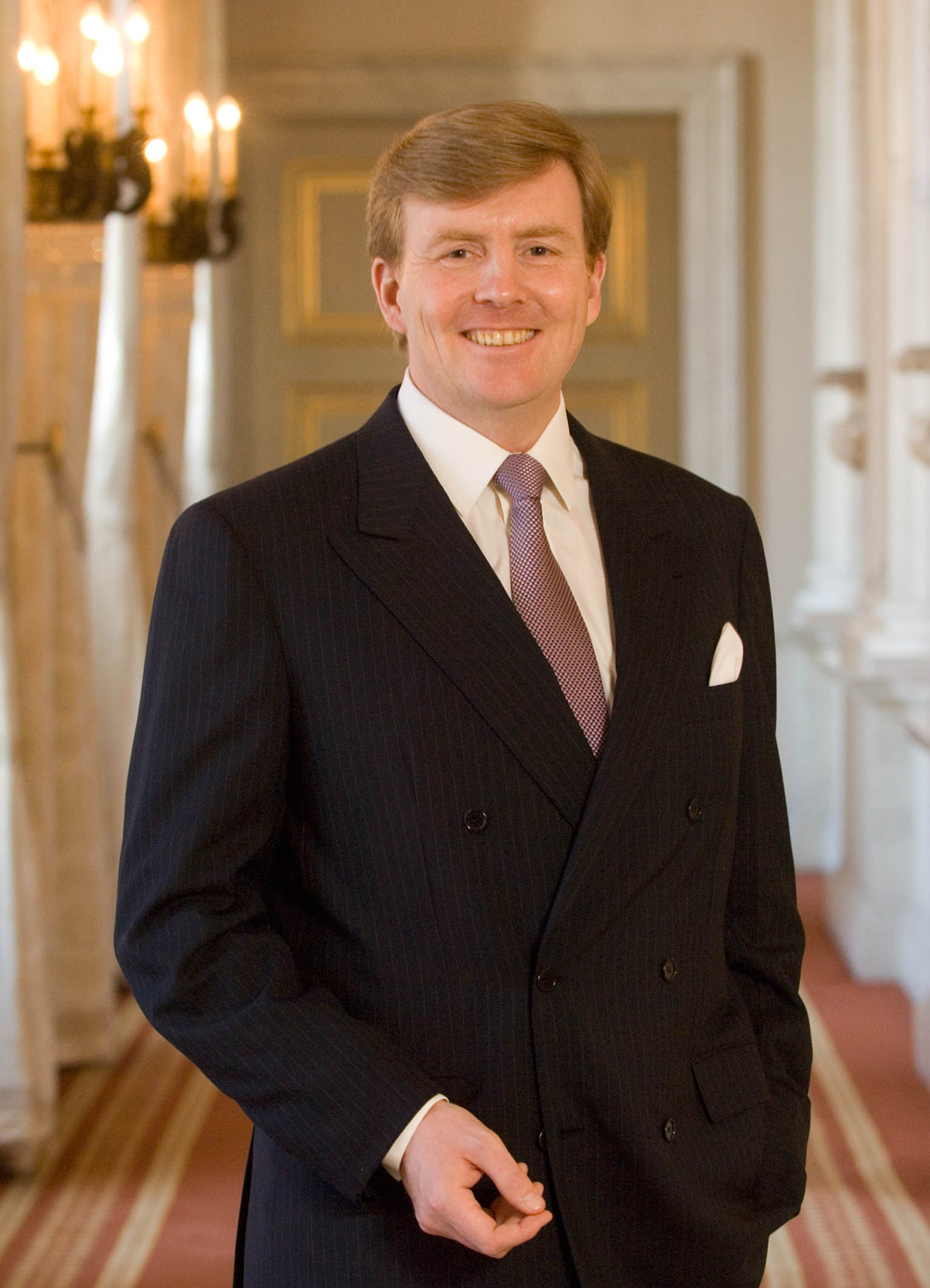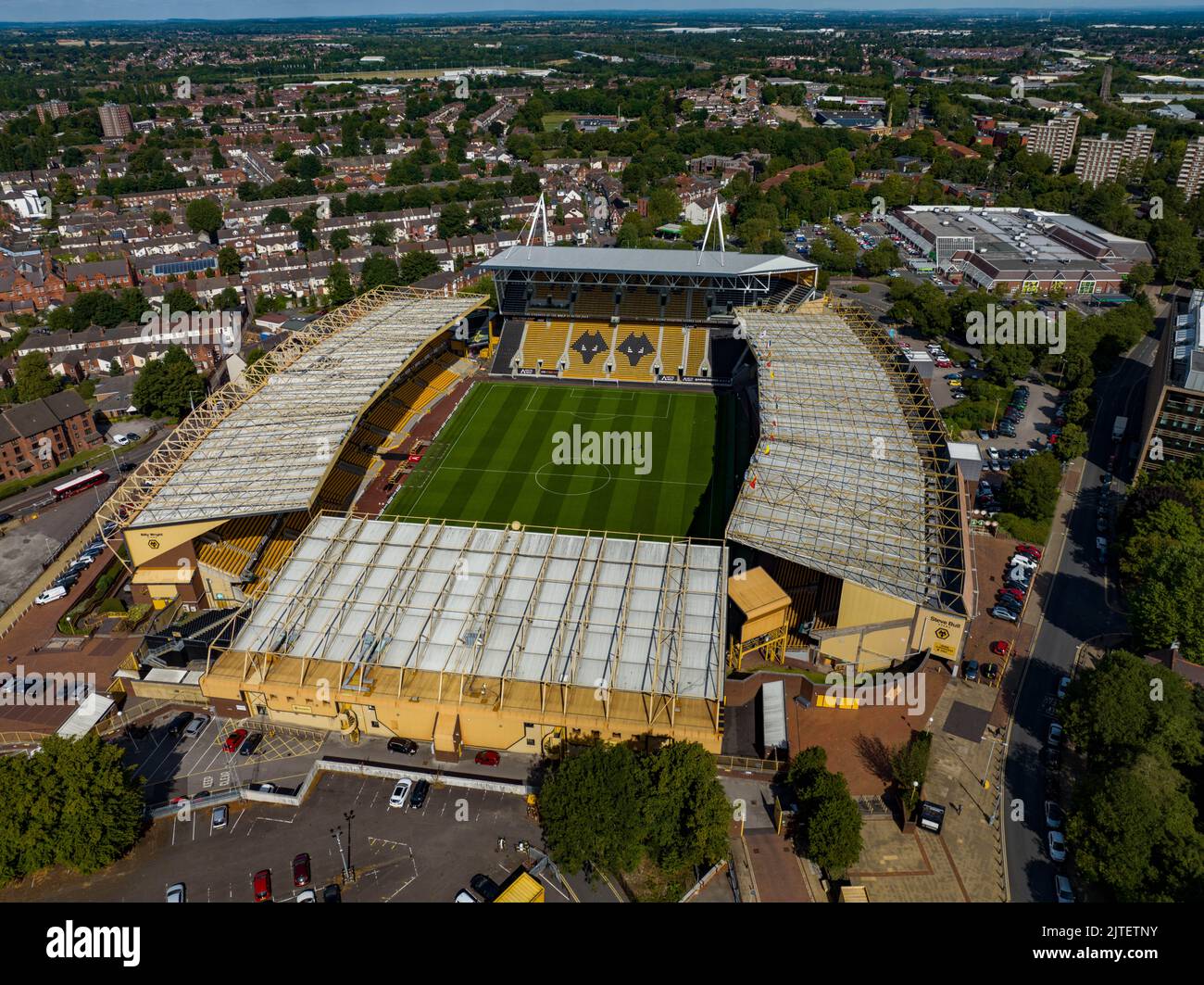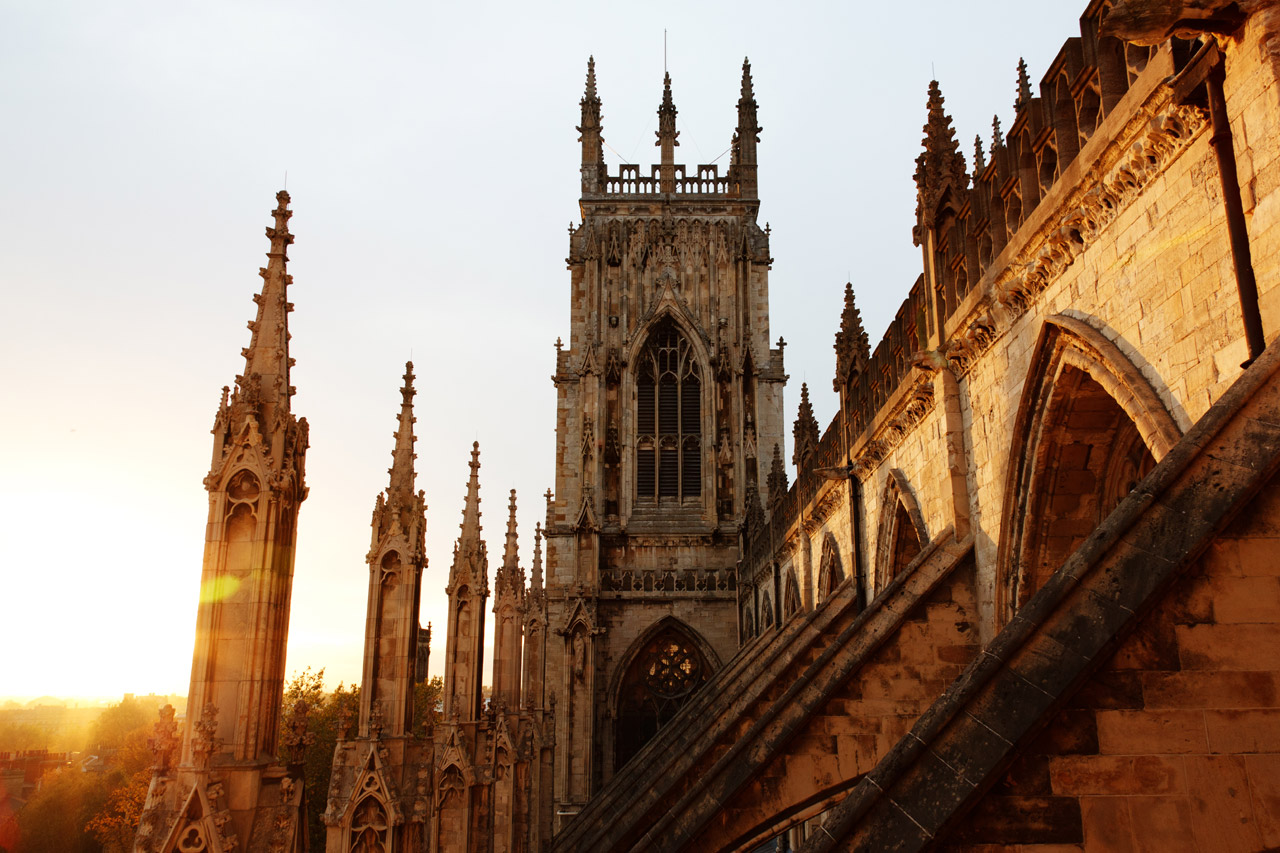
Introduction
Florence, the capital of Italy’s Tuscany region, stands as a towering beacon of Renaissance art and culture. Its significance goes beyond picturesque landscapes and historical architecture; it is a city that birthed some of the greatest contributions to art, philosophy, and politics. The current global interest in Florence makes understanding its history and relevance not only enriching but essential for cultural appreciation.
Historical Background
Florence’s history dates back to Roman times, but it truly flourished during the 14th to 16th centuries, marking the Renaissance era. Home to illustrious figures such as Leonardo da Vinci, Michelangelo, and Dante, Florence pioneered artistic movements that laid the foundations for modern Western culture. The city’s artistic treasures are encapsulated in iconic places such as the Uffizi Gallery, showcasing works that continue to influence countless generations.
Current Events and Initiatives
In recent weeks, Florence has attracted international attention as the city prepares for its annual art and culture festival set to commence in early November 2023. The event aims to celebrate Florence’s rich tapestry of heritage while fostering contemporary artistic expressions. Scholars, artists, and cultural enthusiasts will descend upon the city to engage in discussions, exhibitions, and workshops that highlight Florence’s role in the art world today.
Moreover, the city’s commitment to preserving its historical sites was exemplified through recent restoration projects funded by governmental and philanthropic efforts. The renovation of the iconic Ponte Vecchio bridge emphasizes Florence’s ongoing dedication to maintaining its cultural landmarks for future generations, ensuring that the story of its remarkable past is continually told.
Tourism and Economic Impact
Tourism plays a pivotal role in Florence’s economy, with over 10 million visitors flocking to the city annually. As travel resumes post-pandemic, the influx of tourists is expected to boost local businesses and artisans who rely on visitors seeking unique experiences and souvenirs. The city’s strategic initiatives in enhancing tourism infrastructure aim to accommodate this growing interest while preserving its cultural sanctity.
Conclusion
The significance of Florence extends beyond mere aesthetics; it is a living testament to human creativity and resilience. As the city navigates modern challenges while honouring its illustrious past, Florence remains a vital source of inspiration and a hub for cultural exchange. Looking ahead, stakeholders in Florence aim to enhance the city’s allure, ensuring it remains a premier destination for art connoisseurs and curious travellers alike. By embracing both its rich heritage and contemporary vision, Florence is poised to continue shaping the future of art and culture for years to come.
You may also like

The Royal Opera House: A Jewel in London’s Cultural Landscape

Exploring Wolverhampton: A Gateway to Culture and History
